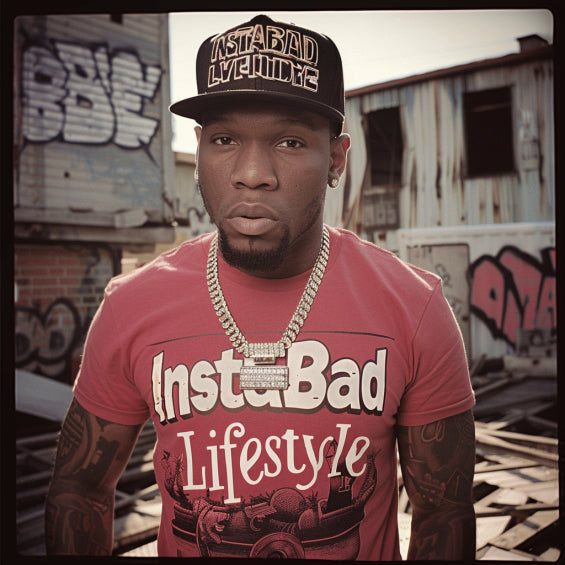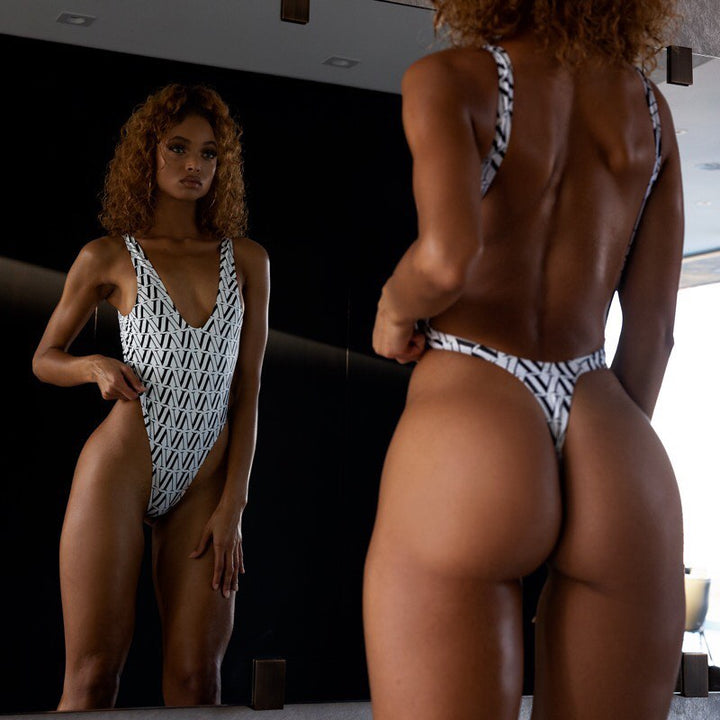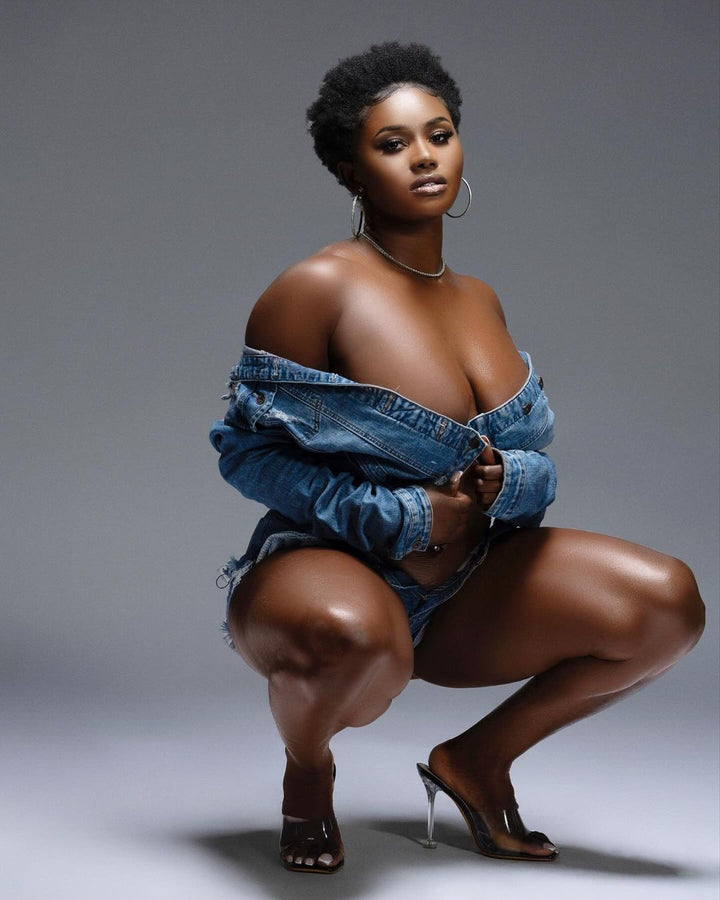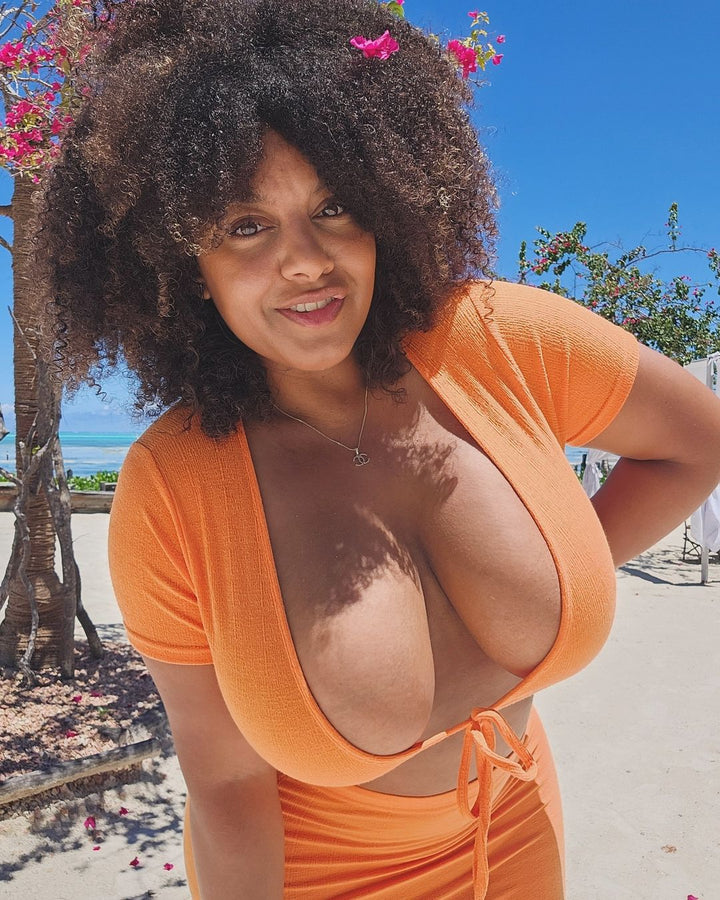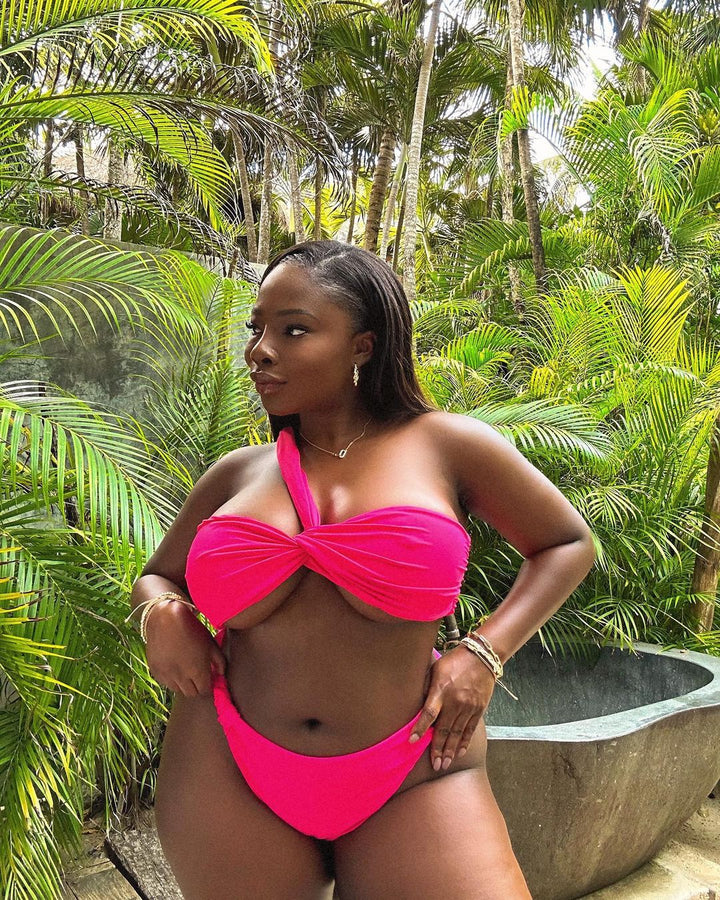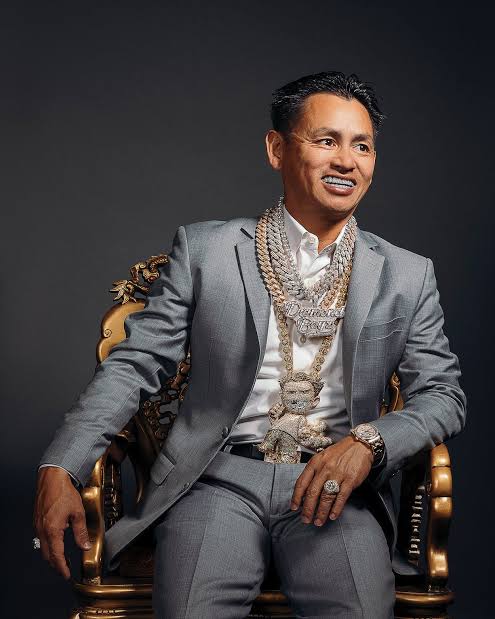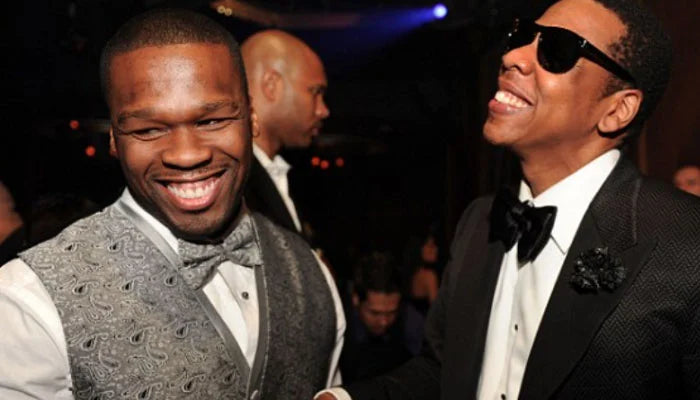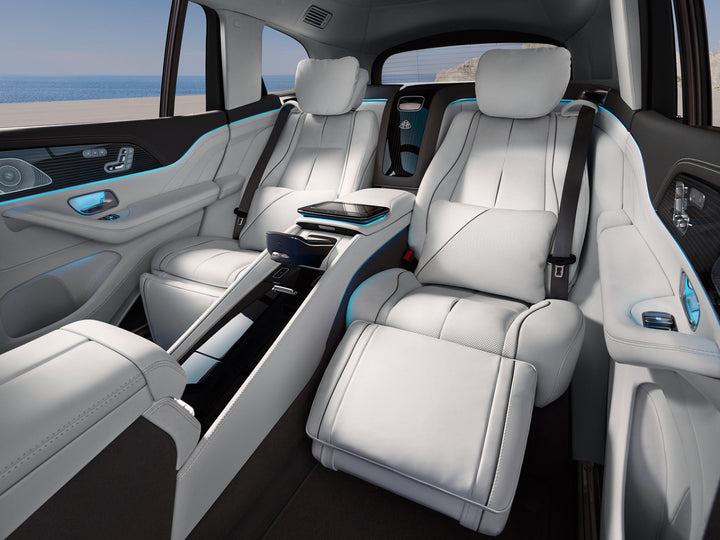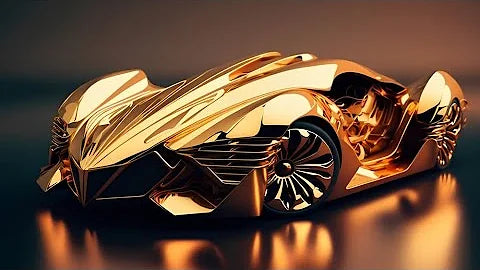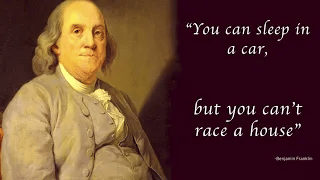One of the most robust findings in evolutionary psychology is the observation that men and women differ in the characteristics they prefer in potential mates. In study after study, in country after country, psychologists consistently find that men strongly prefer looks over resources, whereas women value resources over looks. But what accounts for this sex difference in mate preferences?

The standard explanation from evolutionary psychology is known as evolved preferences theory, and it goes something like this: Men are looking for healthy, fertile women who will bear high-quality offspring for them. Since fertility for women rises in the late teens and peaks in the mid-twenties, men prefer mates in that age range. Furthermore, characteristics of feminine beauty—such as low waist-to-hip ratio, clear skin, and lustrous hair—are all signs of good health, so it’s only natural that men would find these attractive.
In contrast, according to the theory, women are at a natural disadvantage when it comes to acquiring resources. They’re physically weaker than men, and their mobility is hampered by pregnancy and child-rearing. So women are dependent on men to provide for them and their children, and that’s why they value resources over looks in a potential mate.
Although the data showing sex differences in mate preferences are robust, the standard “evolutionary” explanation has problems, the most important of which is that it doesn’t quite jive with what we know about human evolution. Modern humans emerged about 200,000 years ago, and they lived as hunters and gatherers in groups of around a hundred people each. This is the time period in which any uniquely human behavioral or cognitive patterns would have emerged, and that’s why scientists call it the environment of evolutionary adaptedness.
Around 10,000 years ago, humans transitioned to agriculture, and this ability to produce food in abundance is what drove the rise of civilizations and rapid expansion of technology, leading to the modern industrial societies we live in today. Yet as humans shifted from foraging to farming, the basic social unit transitioned from the group to the family. They needed to do this because they were now tied to the land, so there needed to be clear rules for who owned what and who inherited what.
The advent of agriculture was also when women became subjugated by men. In hunter-gatherer societies, by contrast, women have a high level of prestige because they provide most of the food for the group. Since the women are the gatherers, at the end of the day they invariably bring back some sort of vegetable foodstuffs—roots, berries, cereal grains, leafy greens, and so on.
Of course, meat is highly prized, and it’s the men’s responsibility to hunt for that. But with only primitive weapons, it isn’t easy. Even if you land your wooden spear tip into the rump of a gazelle, the animal will just dart off, and you have to chase it down, hoping it expires of heat exhaustion before you do. Oftentimes, the men return home empty-handed at the end of the day, and they have to be especially nice to the ladies if they want a meal.
So it’s clear that women didn’t depend on men to provide for them in the environment of evolutionary adaptedness. And that means there shouldn’t be any evolved female preference for men providing resources over those with good looks. Besides, whatever was foraged from the land was shared with the group, and so there really wasn’t any distinction between rich men and poor men.
Now it’s true that some men were better hunters than others, and those who frequently brought back meat enjoyed high social prestige and therefore were also most attractive to the women. The very features that make a man a good hunter—large size, well-toned muscles, upper-body strength—are exactly the features we deem attractive in a man today. If women have an evolved mate preference, it should be for the hunk—and that’s exactly what they go for when they’re looking for a short-term mate.
As an alternative to evolved preferences theory, psychologists Alice Eagly and Wendy Wood proposed social role theory two decades ago to explain the observed sex differences in mate preferences. According to social role theory, women’s preference for resources over looks is a response to current social organization rather than a product of our evolutionary past.
In the transition from foraging to farming, there was a shift in the roles that men and women played in society. Tilling the land and herding animals require great body strength, making the provision of food the man’s job. The role of women then was relegated to domestic chores such as childcare, cooking, and cleaning, as well as cottage industries such as weaving and basket making.
Because women could no longer provide food for themselves, they had to depend on their husband’s resources instead. Furthermore, it was only under agriculture that we begin to see the stratification of society into rich and poor. And once complex civilization arose, the richest men were no longer those who tilled the soil themselves but rather the landowners and merchants and bureaucrats and priests—occupations that didn’t require great body strength. So women really were forced to choose between a handsome husband and being poor or a mediocre mate and living in comfort.
By the end of the twentieth century, women were making great strides in regaining the gender equality they’d lost at the advent of agriculture. Thus, social role theory predicts that women’s preferences in mates should shift back toward looks over resources to the extent that they’re no longer dependent on men to provide for them. When Eagly and Wood reanalyzed the cross-cultural data on sex differences in mate preferences, they believed they’d found just such a pattern.
That is, in cultures where women have more economic and political freedom, they place less emphasis on resources and more on looks when considering potential mates. To be sure, they still value resources over looks, but the difference between the two isn’t as great. Because of limitations in the data and questions over the use of statistical methods, Eagly and Wood’s conclusions have been challenged, with most psychologists still favoring evolved preferences theory.
To further test social role theory, University of Glasgow psychologist Benedict Jones and his colleagues collected a much larger cross-cultural data set over an eight-year period and subjected it to more sophisticated statistical procedures than Eagly and Wood had done. The results were disappointing for supporters of social role theory in that the researchers found little difference in mate preferences for women in more egalitarian societies compared with those in more traditional ones.
So how do we interpret Jones and colleague’s results? They do lend support for evolved preferences theory. However, as we’ve already seen, there are reasons for being skeptical about the idea that women evolved a preference for men with resources over looks in the environment of evolutionary adaptedness. In contrast, social role theory does describe the realities of modern society, making it more plausible than an evolutionary explanation.
I think the problem lies in the way the question has been posed. Social role theory suggests that women’s mate preferences will shift toward looks and away from resources as they gain more gender equality in their society. However, I believe this idea is problematic for several reasons.
First, even in the most egalitarian of modern societies, such as the Scandinavian countries, men still dominate women economically and politically. Men earn more than women over their lifespans, and they rise to higher positions in business and government. Women’s lot in modern industrialized nations is far better today than it was in the past, and it’s certainly much improved over the condition of women in traditional societies. Nevertheless, there still isn’t the degree of gender equality commonly seen in hunter-gatherer societies.
Second, there’s the issue of social stratification in modern life. Even if a woman earns enough to support herself and her children, her standard of living will still be much better with a mate that’s also a good breadwinner. Thus, gender equality alone isn’t enough for women to shift their mate preferences from resources to looks. Instead, there would have to be society-wide equality of income as well. If all men earned roughly the same amount, then women certainly would value looks over resources because money would no longer be an issue.
Finally, there’s an issue that Jones and his colleagues bring up in their report. Nearly all the research on mate preferences has asked respondents about the qualities they value in a potential mate, rather than looking at who they actually marry. What we want and what we get can be quite different things. Furthermore, our ability to attract a high-quality mate mainly depends on what we have to offer the other person. In the final analysis, our preferences have to be adjusted to match reality.
In the end, the jury is still out on the question of why there are sex differences in mating preferences. Women’s tendency to choose mates for their resources rather than their looks may have evolved in our hunter-gatherer past. The data from modern women’s responses tends to support the notion of evolved preferences, but the theory clashes with what we know about the hunter-gatherer lifestyle. Women’s mating preferences may also be a response to the social roles assigned to them in modern society. Perhaps women would go for looks over resources if they didn’t have to worry about the economic consequences of their mating choices. As is always the case in the social sciences, further research is required.


